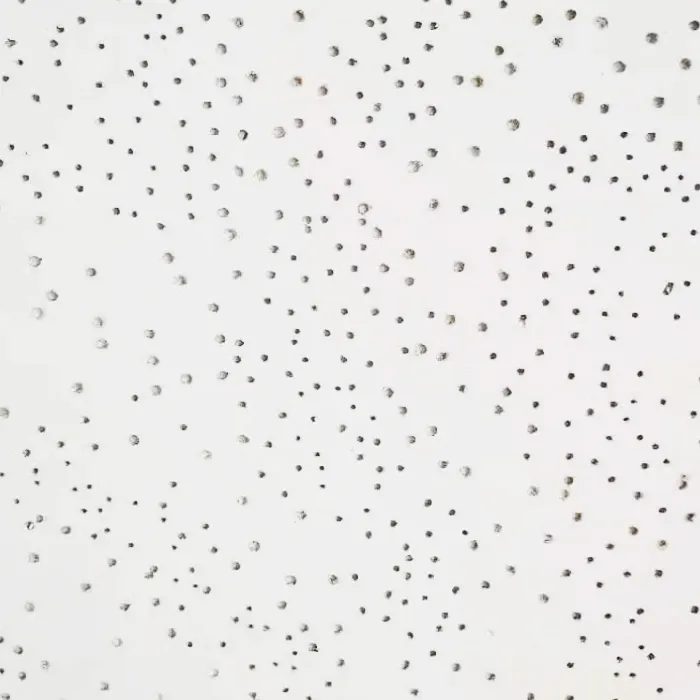- Afrikaans
- Albanian
- Amharic
- Arabic
- Armenian
- Azerbaijani
- Basque
- Belarusian
- Bengali
- Bosnian
- Bulgarian
- Catalan
- Cebuano
- Corsican
- Croatian
- Czech
- Danish
- Dutch
- English
- Esperanto
- Estonian
- French
- German
- Greek
- Hindi
- Indonesian
- irish
- Italian
- Japanese
- Korean
- Lao
- Malay
- Myanmar
- Norwegian
- Norwegian
- Polish
- Portuguese
- Romanian
- Russian
- Serbian
- Spanish
- Swedish
- Thai
- Turkish
- Ukrainian
- Uzbek
- Vietnamese
дец . 09, 2024 18:03 Back to list
Specifications for Mineral Fiber Ceiling Board Products and Applications
Understanding Mineral Fiber Ceiling Board Specifications A Comprehensive Guide
Mineral fiber ceiling boards are a popular choice in commercial and residential construction due to their sound-absorbing properties, ease of installation, and fire resistance. As one of the key components in suspended ceiling systems, these boards come in various specifications tailored to meet the needs of different applications. This article delves into the specifications of mineral fiber ceiling boards, highlighting their characteristics, types, and benefits.
Composition and Material Specifications
Mineral fiber ceiling boards are primarily composed of natural and synthetic fibers, including high-density mineral wool, glass fibers, and clay. The exact composition can vary by manufacturer, which impacts attributes such as acoustic performance, thermal insulation, and fire resistance. Specifications typically include
- Density The density of mineral fiber ceiling boards usually ranges from 0.5 to 1.5 lbs/ft². A higher density often correlates with improved sound absorption and durability. - Thickness Common thicknesses for these boards range from 0.5 inches to 1 inch. Thicker boards often provide better acoustic performance and thermal barriers. Acoustic Properties
One of the defining features of mineral fiber ceiling boards is their acoustic performance. The Noise Reduction Coefficient (NRC) represents how much sound is absorbed by the ceiling material. Specifications often indicate non-perforated boards with NRC ratings between 0.60 to 0.90. Perforated boards, which enhance sound absorption, may achieve NRC ratings above 0.90. When selecting ceiling boards, it is crucial to consider the acoustic requirements of the space, especially in areas like offices, schools, and auditoriums.
Fire Resistance Ratings
Fire safety is a vital consideration in building materials, and mineral fiber ceiling boards excel in this area. They are primarily classified as Class A materials per ASTM E84 standards, which indicates they have a low flame spread index and offer high resistance to fire. Specifications may detail a board's fire rating, which could include a smoke development index and additional performance metrics that meet national and local codes.
Finishes and Aesthetic Options
mineral fiber ceiling board specification

While performance is essential, aesthetics also play a significant role in material specification. Mineral fiber ceiling boards come in various finishes and textures, including smooth, textured, and square edge. Some boards may be available in painted or coated finishes to enhance appearance and make cleaning easier. Specific finishes may also serve additional functional purposes, such as enhancing acoustic performance or increasing durability against moisture and mold.
Installation and Maintenance Specifications
Mineral fiber ceiling boards are designed for easy installation, often suspended from a grid system. Specifications will typically provide installation guidelines, including the recommended spacing for suspension wires and spacing between cells in the grid. Additionally, maintenance specifications are crucial to ensure longevity; many boards are designed to be easy to clean and resistant to dust accumulation. Regular inspections are recommended to maintain performance, particularly in high-moisture environments.
Environmental Considerations
Sustainability is increasingly relevant in construction material specifications. Many manufacturers are committed to producing mineral fiber ceiling boards from recycled materials or using eco-friendly processes. Look for products that adhere to sustainability standards, such as LEED certification, which evaluates environmental impact through a points system.
Conclusion
Mineral fiber ceiling boards present an excellent choice for various applications due to their sound absorption, aesthetic flexibility, and fire resistance. Understanding the specifications—such as composition, acoustic performance, fire ratings, finishes, installation, and sustainability—can help builders, architects, and contractors make informed decisions tailored to their project requirements. By carefully evaluating these factors, you can ensure that your ceiling system not only meets but exceeds the expectations for safety, functionality, and design in modern construction.
In summary, whether you are designing a commercial office space or a residential project, understanding mineral fiber ceiling board specifications is key to achieving optimal results.
-
Transform Interiors with PVC Gypsum Ceiling: A Stylish, Durable, and Moisture-Resistant SolutionNewsMay.19,2025
-
The Smart Interior Upgrade: Discover the Durability and Versatility of Gypsum Ceiling Access Panel SolutionsNewsMay.19,2025
-
The Smart Choice for Interior Design: Discover the Value of PVC Gypsum Ceiling SolutionsNewsMay.19,2025
-
Mineral Fiber Ceiling Tiles: The Smart Blend of Performance and AestheticsNewsMay.19,2025
-
Mineral Fiber Ceiling Tiles: The Superior Choice Over Gypsum for Sound and Fire SafetyNewsMay.19,2025
-
Mineral Fiber Ceiling Tiles: Eco-Friendly Strength and Style for Every CeilingNewsMay.19,2025







